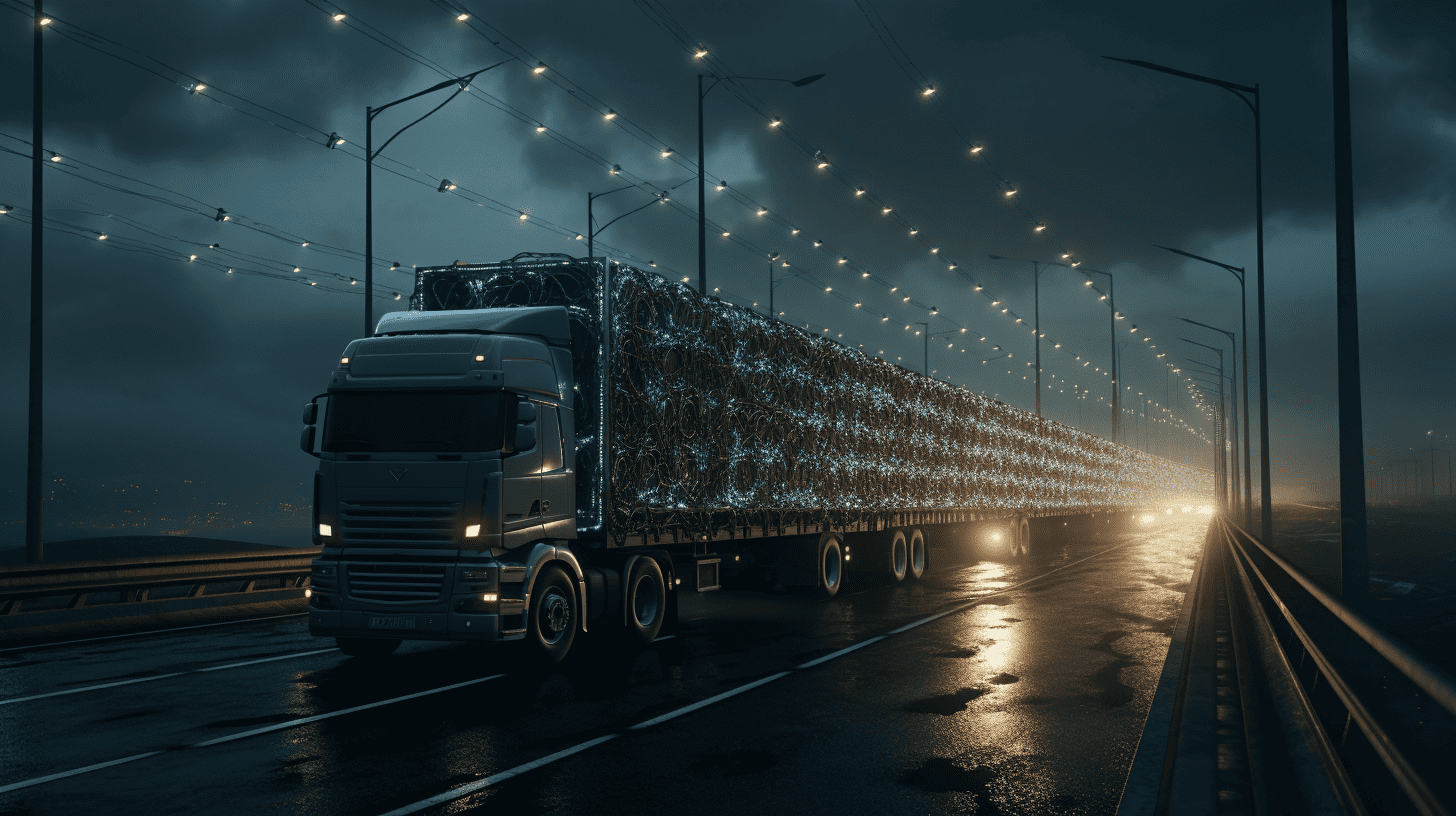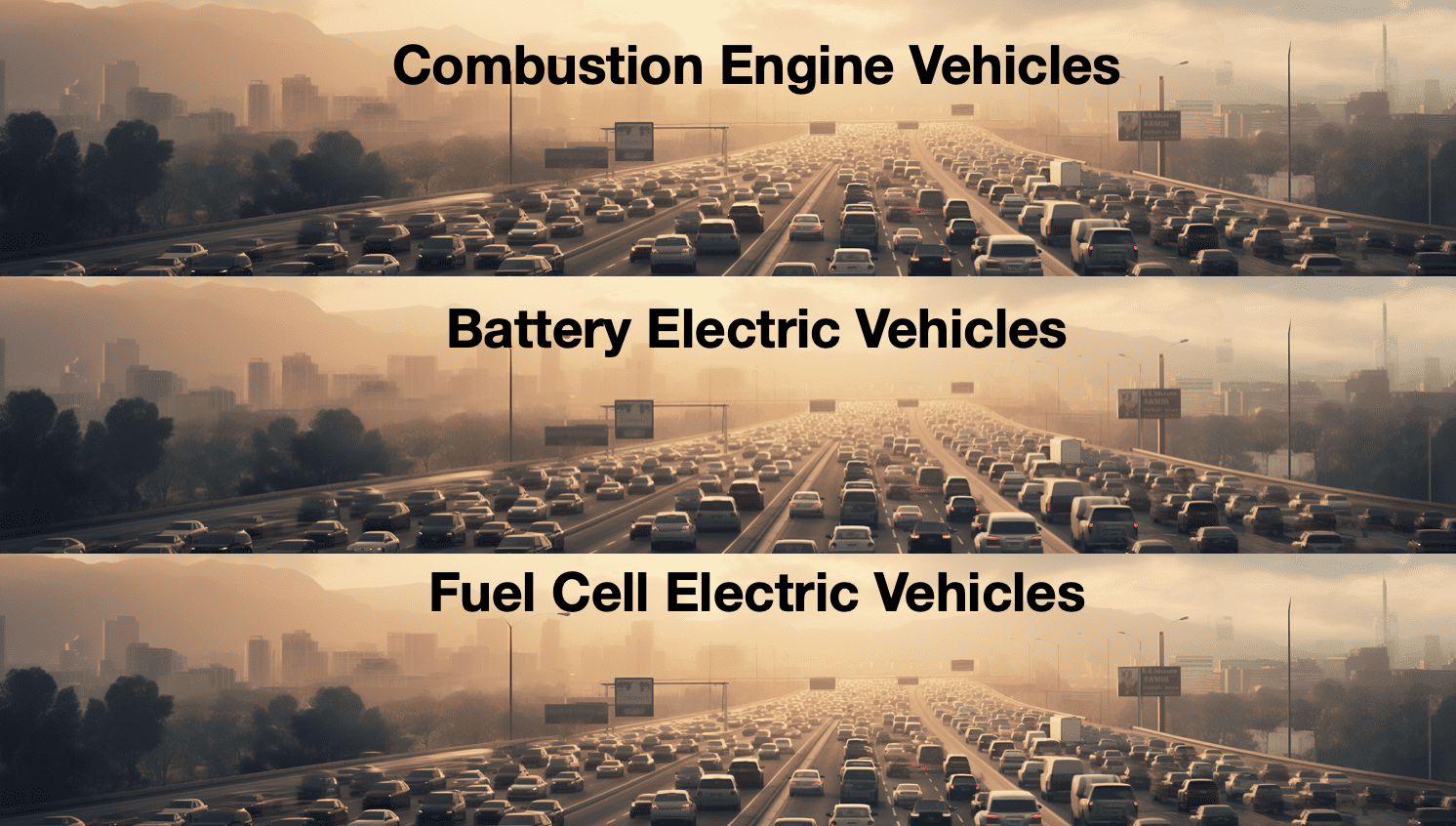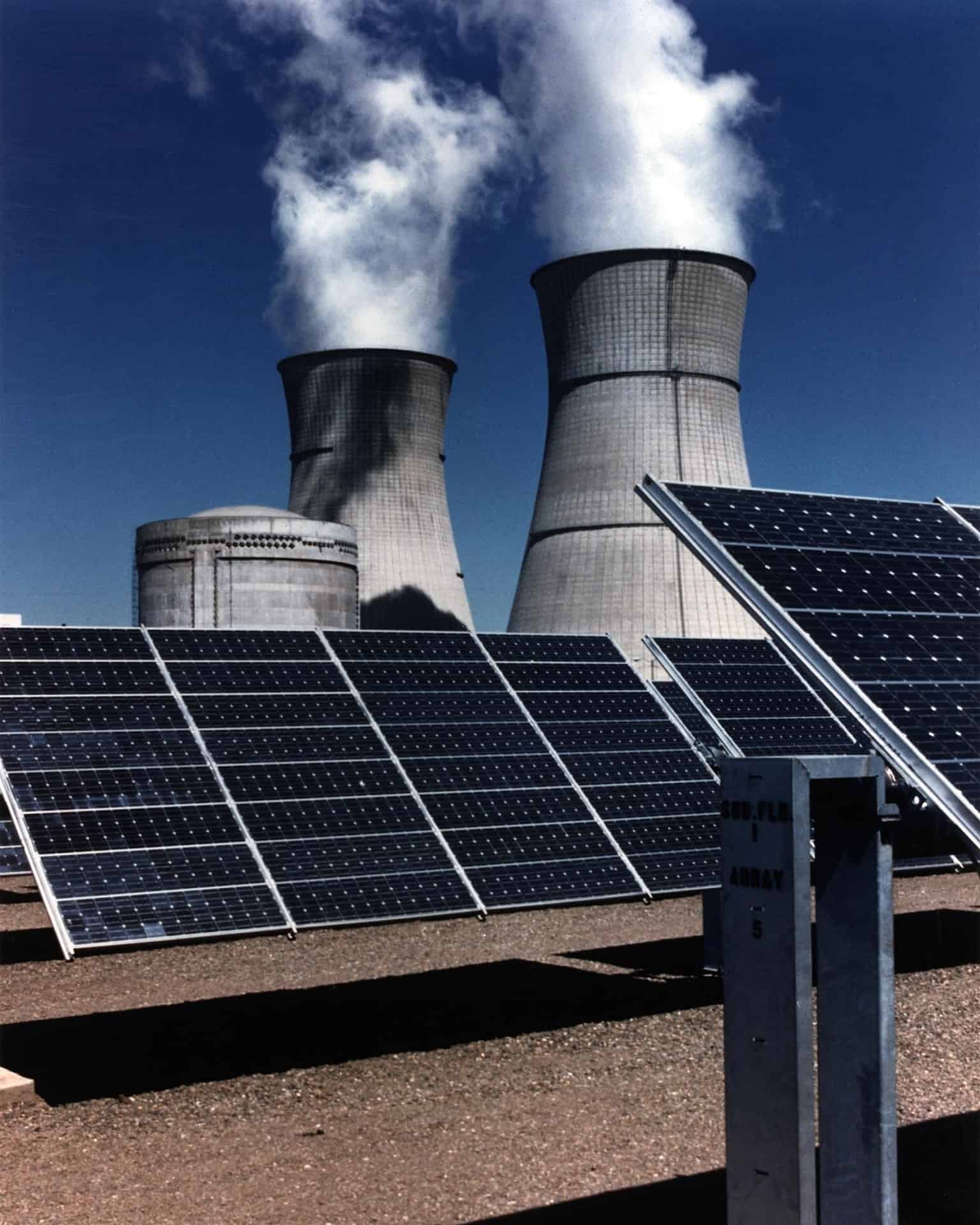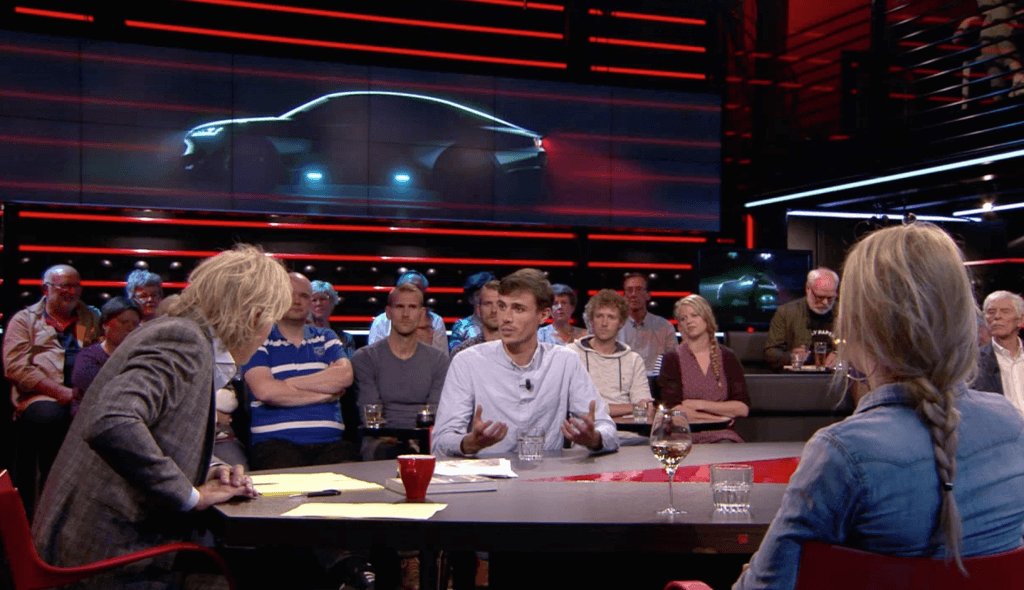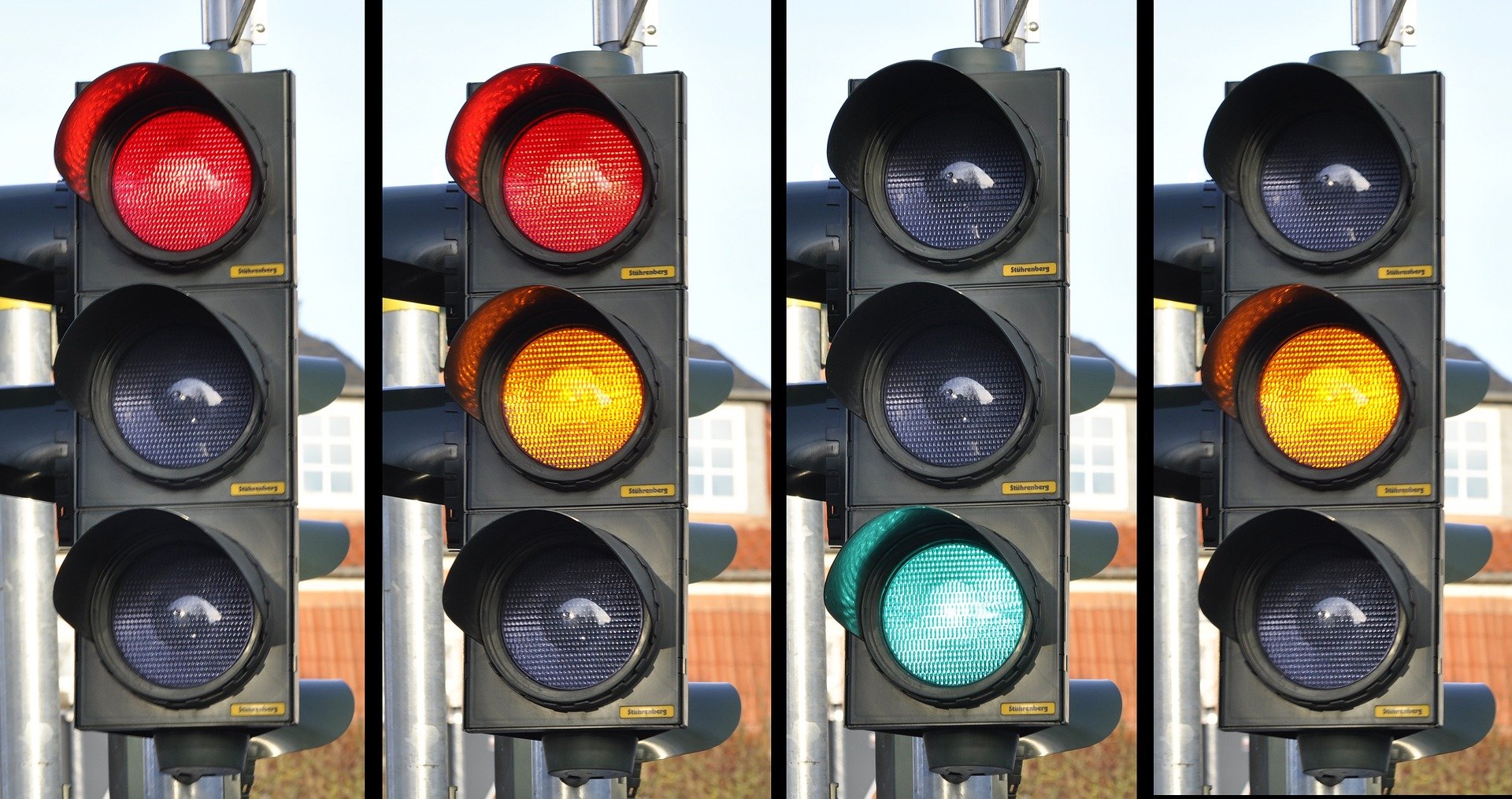
New coalition agreements are like lottery tickets. You open the ticket with shaky fingers, unfold the contents and usually draw a blank. Sometimes you get a “consolation prize” and very rarely do you really win.
The new traffic light coalition is in place. The portfolios have been distributed, some protagonists are yet to be determined, but we know that the Ministry of Transport will fall to the Free Democratic Party (FDP).
Ministry of Transport without the Greens
This is at least as surprising as the abandonment of the 130 km/h speed limit right at the beginning of the coalition negotiations. Insiders had fully expected that this key ministry would fall to the Bavarian hardliner of the Green Party, Anton Hofreiter. But even more surprising are the murky lines appearing in the coalition agreement. Politician-speak has displaced the initial euphoria. Reality has struck rather brutally, but as expected.
E-fuels? Domestic flights? Speed limit of 30?
These three catchphrases strike terror in the hearts of many. But in actual fact it all turned out differently. There is no commitment to cut back on road construction, for example, and domestic flights will continue to exist. These are to be made obsolete through “steering mechanisms.” Better rail connections are supposed to reduce the number of short-haul flights all by themselves. The agreement makes no mention of a comprehensive 30 km/h speed limit in cities. Instead, much more money is to be invested in the railroads and there is talk of a “Deutschlandtakt” or “Germany Frequency” for rail connections. At least when it comes to nomenclature, coalition agreements are always full of creative approaches.
Climate neutrality, anyone?
Flying is to become climate-neutral – among other things through e-fuels. These should also contribute to ensuring that only CO2-neutral vehicles are registered in 2035. In other words, the internal combustion engine will not die out by then. After all, it should be possible to register “vehicles that can be fueled with e-fuels.”
Environmental groups are unlikely to be pleased with these initial agreements, even if the coalition aims to have 15 million electric cars on the road by 2030. According to the Federal Motor Transport Authority, more than 48 million passenger cars are currently registered in Germany. So by 2030, there will still be at least 32 million internal combustion vehicles on the road. This is a bitter reality that probably cannot be changed.
The energy problem
Whether the “Germany Frequency” or rail traffic will actually be expanded cleverly and quickly enough to make domestic flights largely obsolete is probably also wishful thinking. The approval of new routes alone that would be required for this usually takes decades. NIMBYs and environmentalists are not entirely innocent in this. Of course, the aim is to “speed up” approval processes.
Not a word in the coalition agreement about how the energy problem will be addressed. Around 15 million electric cars need a lot of reliable electricity and charging options. On top of that, energy prices are currently skyrocketing. And the production of e-fuels costs many times more than the renewable electricity available today because e-fuels require hydrogen for production.
What remains is an opened lottery ticket that has revealed more of a “Sorry, it was nothing, try again.”
So the big win, the real “green transport turnaround” – but we already guessed that – continues to be a long time coming.
You can read Bernd Maier-Leppla’s other column here.
About this column:
In a weekly column, alternately written by Bert Overlack, Eveline van Zeeland, Eugène Franken, Helen Kardan, Katleen Gabriels, Carina Weijma, Bernd Maier-Leppla and Colinda de Beer, Innovation Origins tries to figure out what the future will look like. These columnists, sometimes joined by guest bloggers, are all working in their own way to find solutions to the problems of our time.




